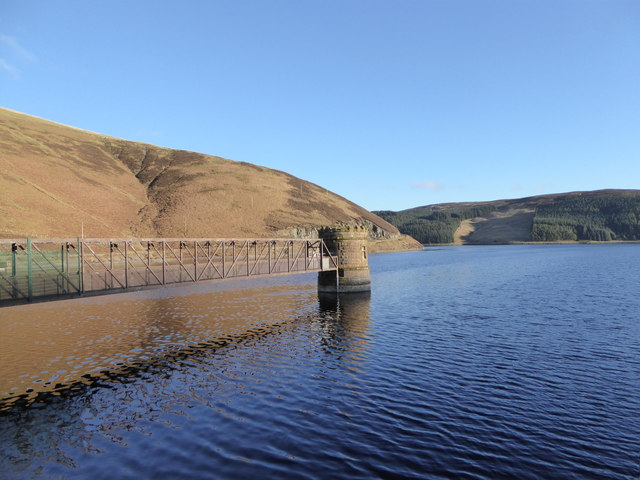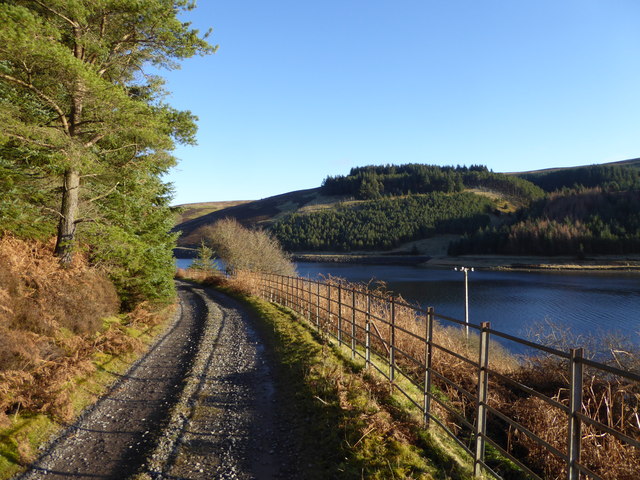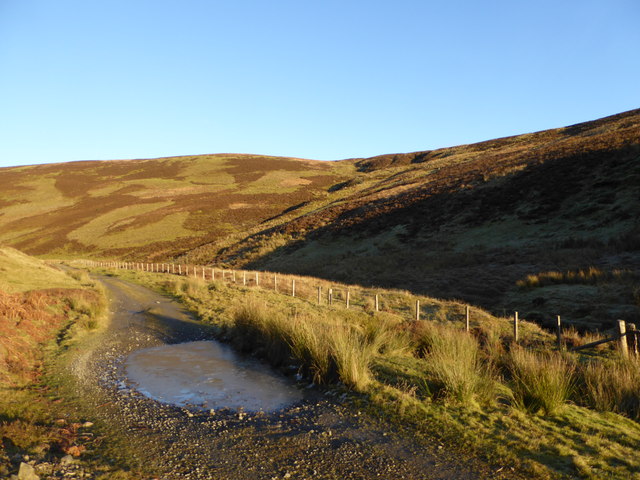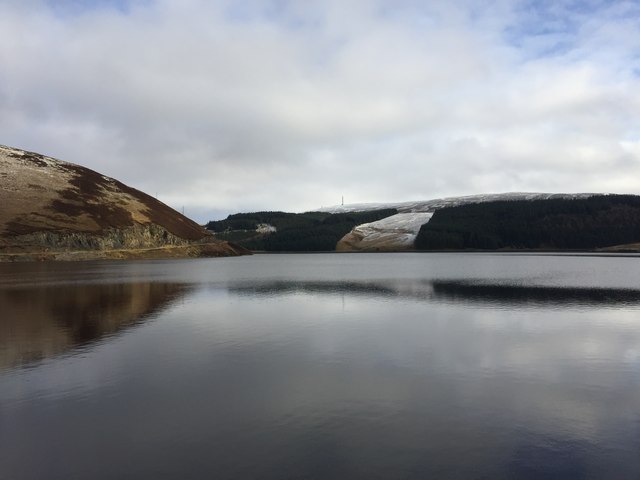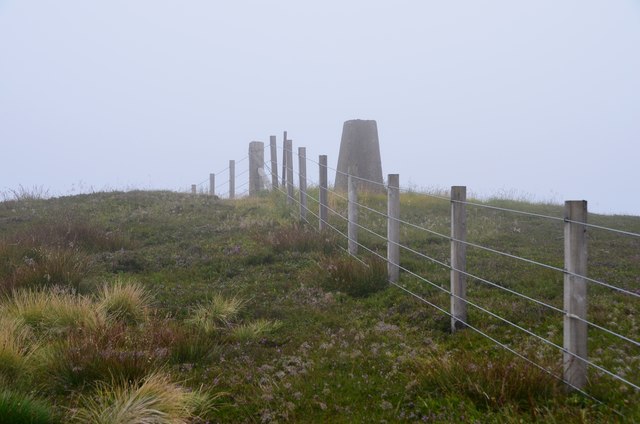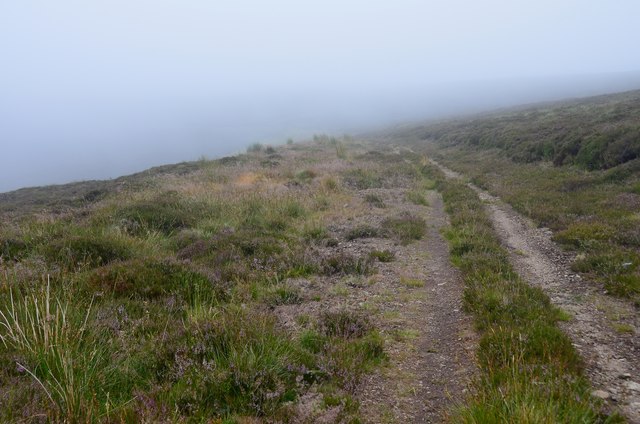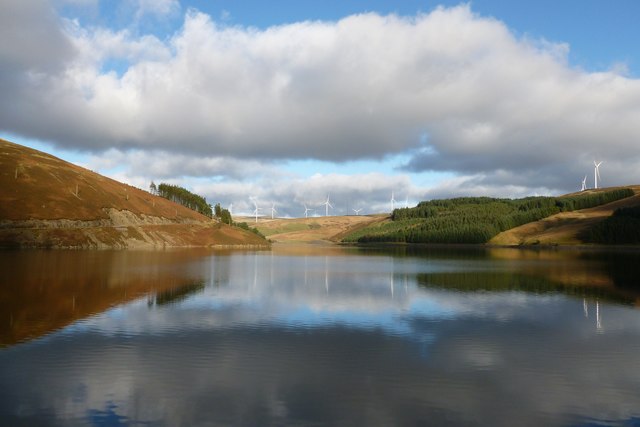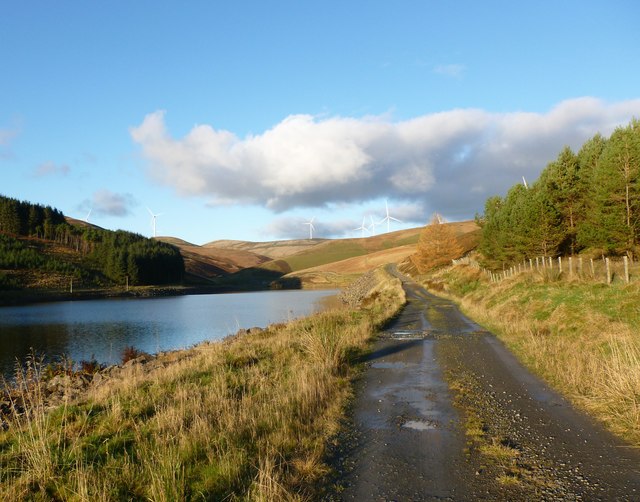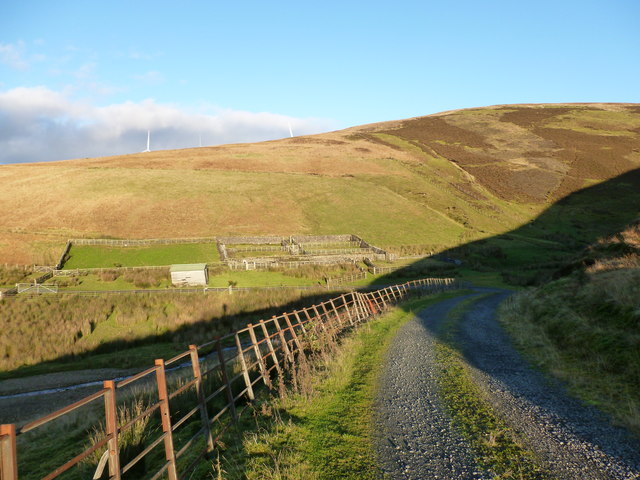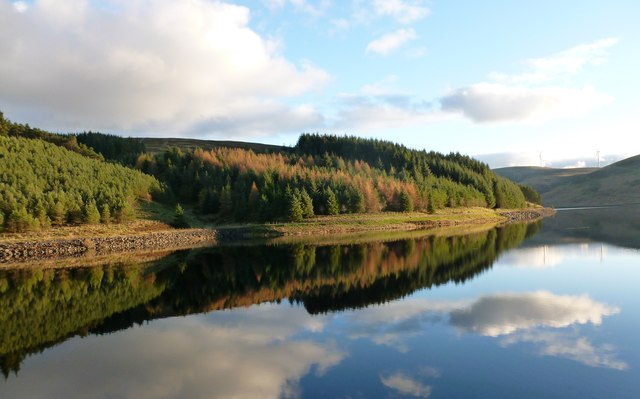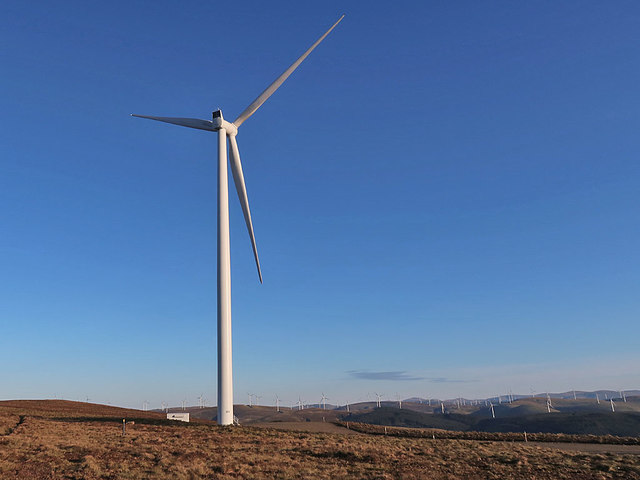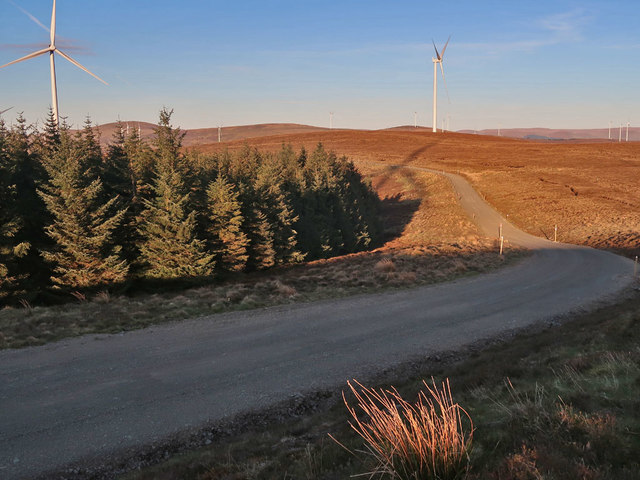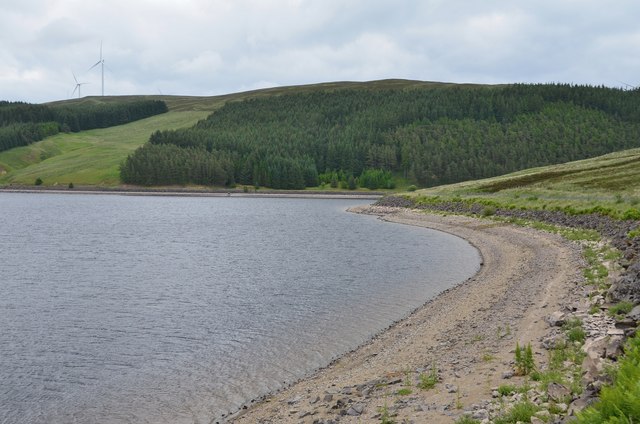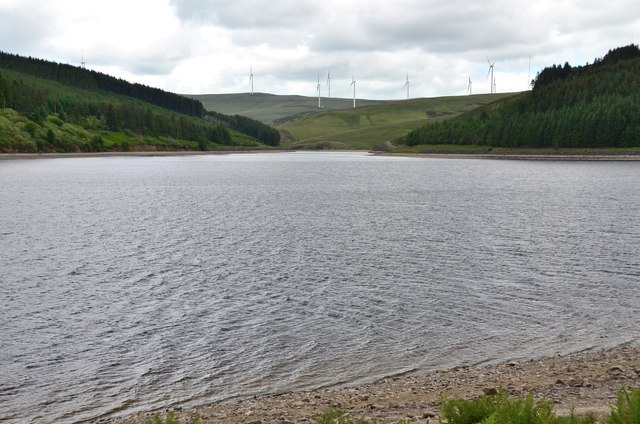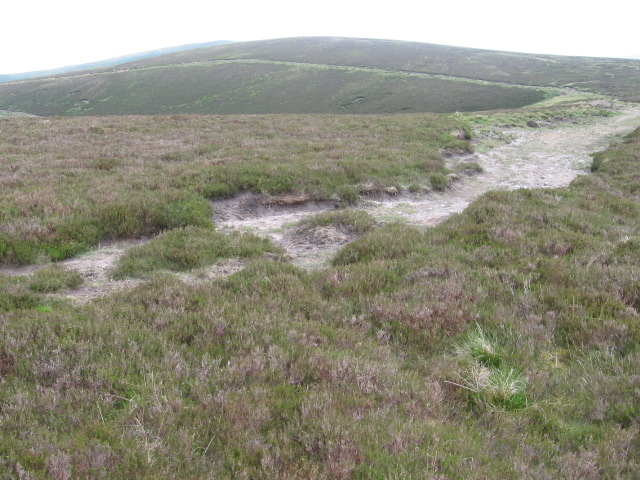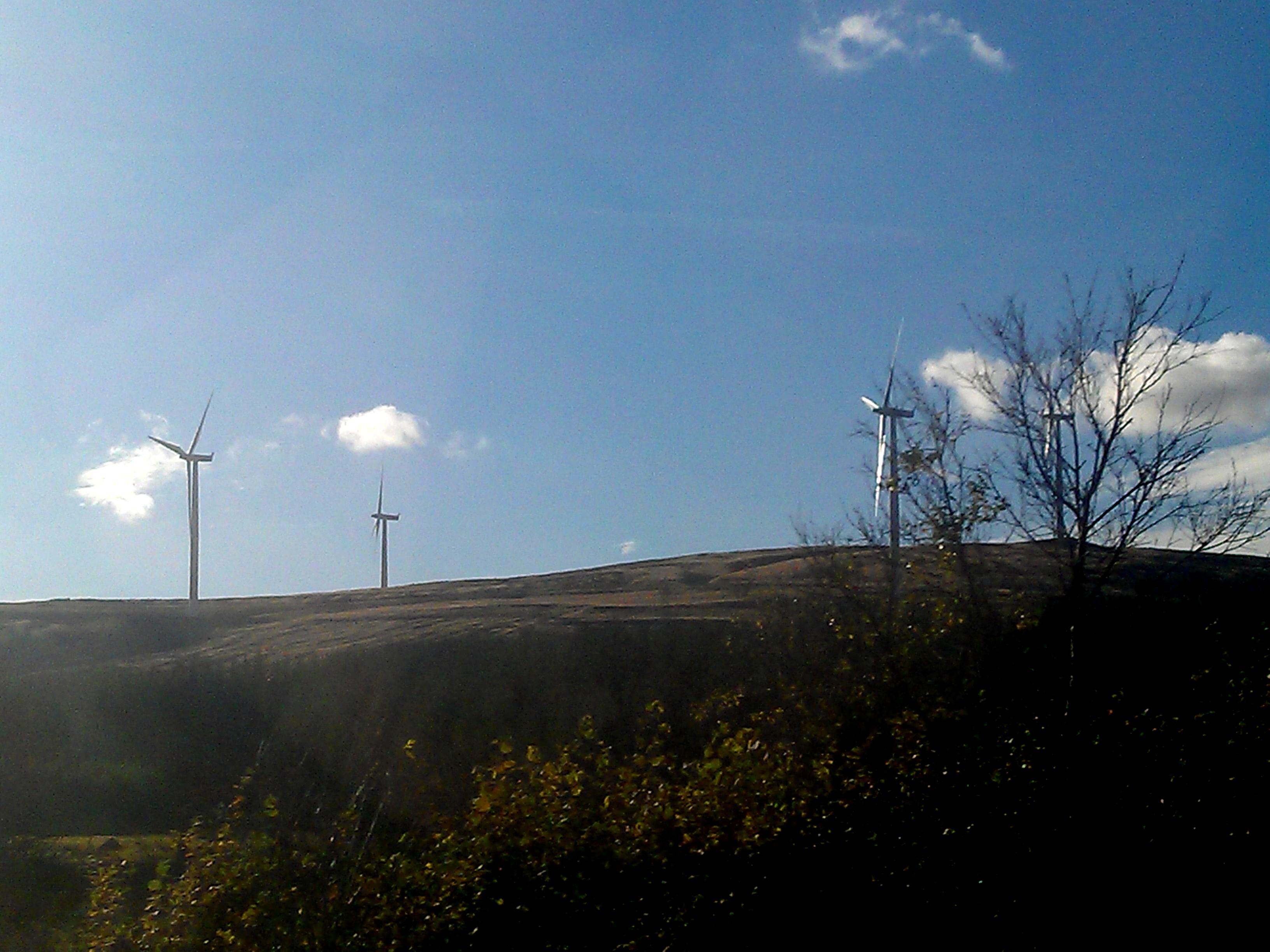Tongue
Downs, Moorland in Lanarkshire
Scotland
Tongue
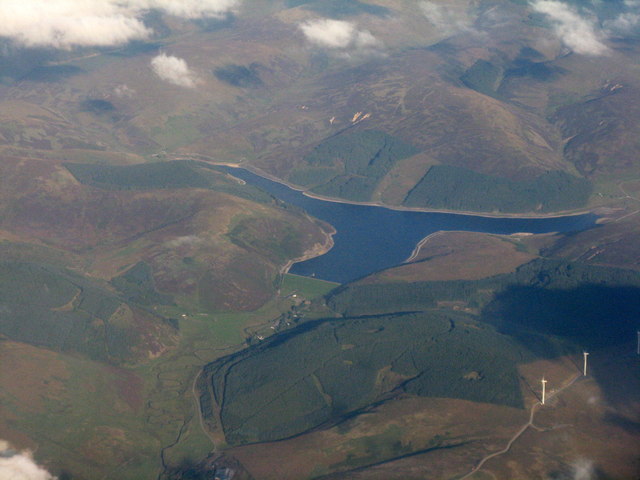
Tongue is a village located in the county of Lanarkshire, Scotland. Situated in the northern part of the county, it is surrounded by picturesque landscapes of downs and moorland. The village itself is small and quaint, with a population of approximately 400 residents.
Tongue is known for its stunning natural beauty, with rolling hills and expansive moorlands dominating the scenery. The downs provide a backdrop of lush greenery, while the moorland offers vast open spaces for outdoor activities such as hiking and birdwatching. The area is also rich in wildlife, with various species of birds, mammals, and plant life calling it home.
The village of Tongue has a long history, with evidence of human habitation dating back to prehistoric times. The area was once home to ancient settlements and has seen the passage of various cultures throughout the centuries. Today, remnants of its past can be seen in the form of historical sites and landmarks, including ancient burial mounds and standing stones.
Although Tongue is a small village, it offers a range of amenities for its residents and visitors. There are a few local shops and businesses catering to everyday needs, as well as a primary school serving the local community. For more extensive facilities, residents often travel to nearby towns.
Tongue, Lanarkshire, is a hidden gem for nature lovers and those seeking tranquility amidst breathtaking scenery. With its downs and moorlands, rich history, and peaceful atmosphere, it is a place that offers a unique and captivating experience for all who visit.
If you have any feedback on the listing, please let us know in the comments section below.
Tongue Images
Images are sourced within 2km of 55.500201/-3.5883558 or Grid Reference NS9924. Thanks to Geograph Open Source API. All images are credited.
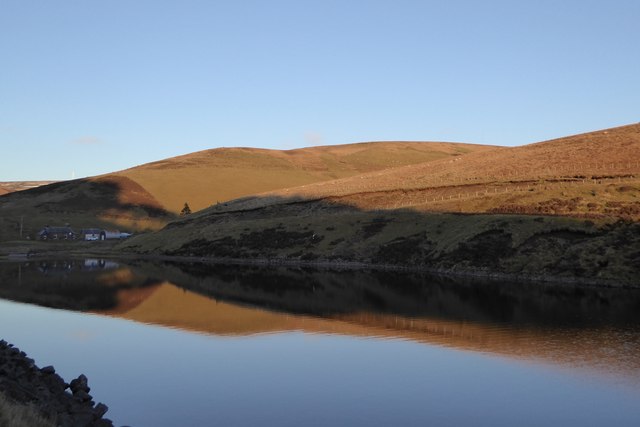
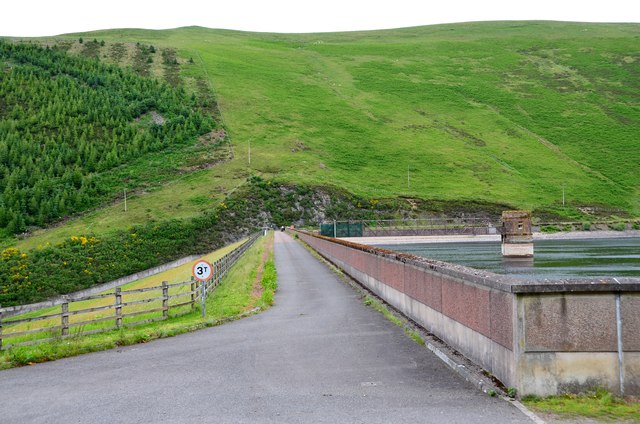
Tongue is located at Grid Ref: NS9924 (Lat: 55.500201, Lng: -3.5883558)
Unitary Authority: South Lanarkshire
Police Authority: Lanarkshire
What 3 Words
///wicket.hazelnuts.unsettled. Near Biggar, South Lanarkshire
Nearby Locations
Related Wikis
Crawford Castle
Crawford Castle, substantially in ruins, is located on the north bank of the River Clyde, around 1⁄2 mile (800 metres) north of Crawford, South Lanarkshire...
Crawford railway station (Scotland)
Crawford railway station was a station which served the village of Crawford, near Abington, in the Scottish county of South Lanarkshire. It was served...
Clyde Wind Farm
The Clyde Wind Farm is a 522 megawatt (MW) wind farm near Abington in South Lanarkshire, Scotland. == Planning == The first stage of the project consists...
A702 road
The A702 is a major road in Scotland, that runs from Edinburgh to St. John's Town of Dalry in Dumfries and Galloway. It is the last section of the route...
Abington railway station
Abington railway station was a station which served Abington, in the Scottish county of South Lanarkshire. It was served by local trains on what is now...
Duneaton Water
Duneaton Water is a river in South Lanarkshire, Scotland. It joins the River Clyde at Abington. == References ==
Crawford, South Lanarkshire
Crawford is a village and civil parish in South Lanarkshire, Scotland.Crawford is close to the source of the River Clyde and the M74 motorway, 50 miles...
Abington, South Lanarkshire
Abington is a village in the Scottish council region of South Lanarkshire, close to the M74 motorway, marking the point where it changes name to the A74...
Nearby Amenities
Located within 500m of 55.500201,-3.5883558Have you been to Tongue?
Leave your review of Tongue below (or comments, questions and feedback).
